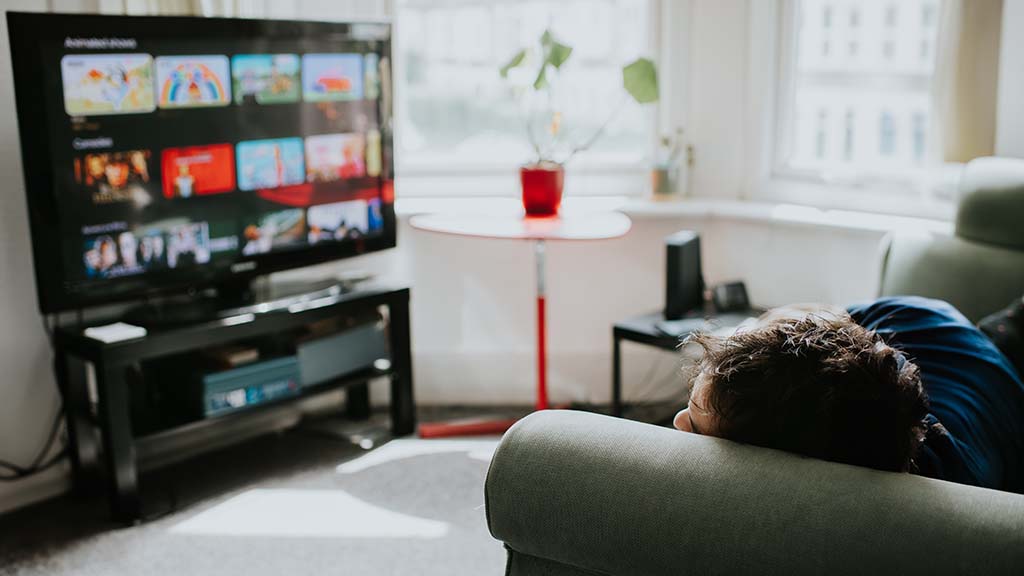DTV Transition Lingers On
Although the digital television broadcasting transition was officially supposed to have been completed by the stroke of midnight on June 12, it seems, unofficially, that closure has not really been achieved quite yet.
Two forces seem to be at work in preventing the last of the dominoes from falling.
One of these remains the lack of preparedness by those depending on off-air signals for television reception.
Despite all of the pre-transition publicity, and even a reprieve from the original February cutover date, the Neilsen organization estimates that as of June 21 there are still 2.1 million U.S. households which aren’t equipped to receive DTV signals off-air. This number represents about 1.8 percent of the non-cable/satellite viewing audience. Neilsen did report though that the 2.1 million figure represents a 400,000 household improvement since June 12.
Neilsen reported that nearly 200,000 off-air homes in the Los Angeles area still aren’t digital-ready, and almost 110,000 households in the Dallas-Ft. Worth market haven’t made the switch. The organization singled out the Providence, R.I.-New Bedford, MASS. DMA as being most prepared, with a scant 0.24 percent of off-air households (or 1,494) there going televisionless since the transition.
The really big problem, though, is affecting the more than 20 million off-air viewers who did take steps to prepare for television’s new face, well ahead of the analog shutoff.
While these homes are receiving some television service, not all of the familiar sitcoms, dramas, and even local newscasts came back after "D-Day."
The professional video industry's #1 source for news, trends and product and tech information. Sign up below.
Widespread loss of signals from major network affiliates are still reported in some top markets─New York, Chicago, Washington, Philadelphia, Houston, Los Angeles and Baltimore lead that list.
In these DMAs, several stations reverted back to their long-established VHF spectrum slots, after having transmitted digitally on UHF frequencies for a number of years. A major issue has been the rescanning of converter boxes and DTV tuners to recognize these new DTV channels. Some viewers haven’t quite gotten the knack of doing this, while others, who have tried in good faith, have been thwarted by units that just don’t want to get in the program and reprogram themselves. (The FCC recently issued a set of instructions that include a "double rescan" procedure that helps in come cases.) Another problem appears to be lack of adequate antennas for the rather fragile 8-VSB signal. What played well enough to make a watchable picture in analog days doesn’t always allow DTV signals to make it up the cliff side.
It’s reported that some consumers were misinformed by well-meaning, but equally unformed salespersons that digital television broadcasting would only take place on UHF channels, and sold UHF-only antenna products. Also the concept of tuning rabbit ears to favor high-band V channels, along with critical antenna orientation, seems to be beyond the capability of some longtime off-air viewers.
Another really big problem is the lack of DTV signal strength on VHF channels in some cities. The FCC’s authorized ERPs may have been capped at an unrealistically low level in some cases, due to early indications that digital television didn’t really need that much power to cover a given area. Exacerbating this problem is the rather close post-transition spacing of some popular VHF channels─Ch. 7 seems to have been very popular when it came to selecting real estate after June 12. Now it’s assigned to cities located much closer together than in the analog days. This close spacing makes it difficult to boost power without causing intolerable interference.
However, loss of coverage from the relocation to V channels is not always the case. In the New York area, good VHF digital reception is reported to the east of the city on Long Island, but UHF DTV signals don’t seem to be fairing as well in terms of reaching Island residents. The situation is reversed north of New York City in Westchester County, with U signals making it through the forests of high rise apartments, but Vs aren’t viewable.
The Commission is working with DTV broadcasters on a station-by-station basis to try and resolve lack of coverage issues. WPVI-TV in Philadelphia (which emerged on June 13th as a low-band V), has already been issued an STA to try and restore coverage to former levels.
In Boston, another broadcaster has been granted an STA to continue to operate on both VHF and UHF frequencies until a permanent solution can be achieved.
In addition to upping power where possible, other broadcasters are considering implementing circular polarization. However, this means new or modified antennas and additional transmitting equipment. But this may not be a solution for all, as transmitter plant modifications are fairly large expenditures and difficult to budget for in the depressed economy that the country is now experiencing.
